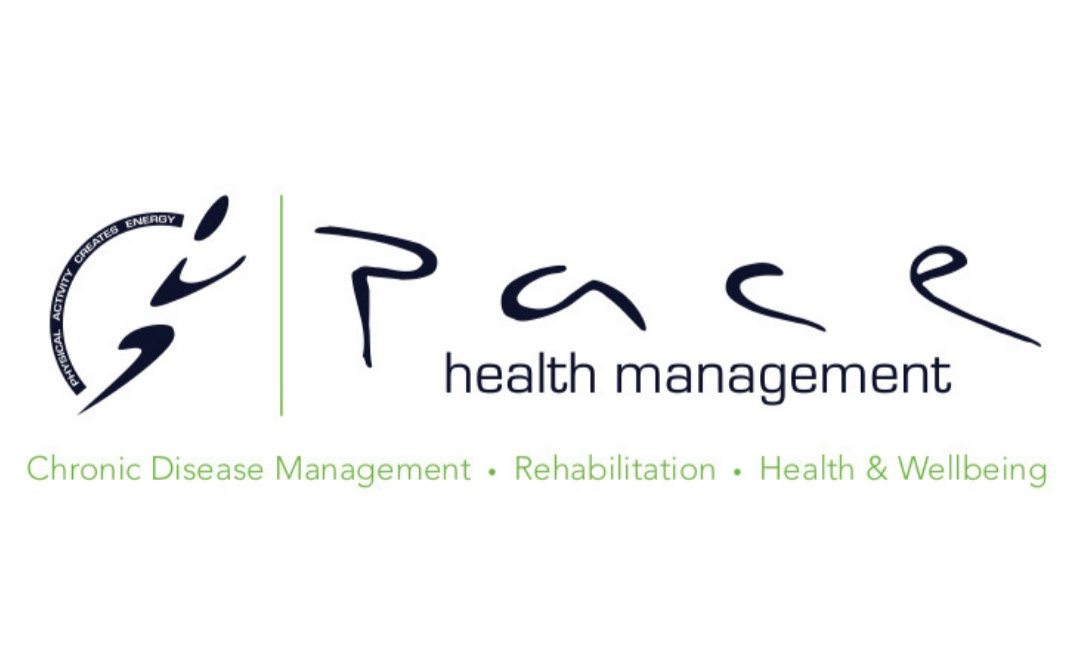Post-traumatic stress disorder (PTSD) and Exercise
What is PTSD?
Post-traumatic stress disorder can develop after someone experiences a life-threatening and highly distressing event, such as a car accident, abuse or military combat. Alternatively, PTSD can also develop from repeated exposure to traumatic events, which is common in those with challenging jobs such as assault investigators and war crime photographers.
Common responses to trauma include intrusive thoughts, hyper-alertness, irritability and issues with sleep, memory or concentration. Whilst these symptoms tend to resolve with time for the majority of people; those that continue to experience prolonged symptoms are said to have developed PTSD. Those experiencing PTSD also exhibit higher rates of chronic diseases including diabetes, obesity and metabolic syndrome as well as decreased participation in regular physical activity.
What are the benefits of physical activity?
Considering the mental and physical health concerns associated with PTSD, physical activity is an accessible and cost-effective intervention option- though it is not without barriers. Research has found that regular physical activity has a positive effect on the outcomes of PTSD:
· improving brain structure and function
· improved concentration and mood
· improved cardiorespiratory fitness and function
· reducing risk of diabetes, obesity
· reducing severity of depression and anxiety
What advice would you give to those with mental health conditions?
Have a good support team around you: GP, exercise physiologist, psychologist, family and friends. This gives you a multi-disciplinary team to ensure all aspects of your health are considered.
Try to achieve something positive each day, as early in the day as possible to create positive momentum going into the rest of the day. This could be as simple as going for a 10-minute walk or writing out a to-do list for the day.
What advice would you give to someone who is thinking about increasing their physical activity?
Starting a new physical activity routine can be challenging at the best of times! Here are some ideas that may help with the success of sticking to something long term.
· Set yourself a physical activity goal that is SMART: specific, measurable, achievable, realistic and time bound
· Make an action plan with your exercise physiologist. Having a goal that is specific and achievable alongside a step by step plan allows us to track our progress and make any changes if need be
· Choose a physical activity that you enjoy
· Know your barriers and develop action plans to address these
· Be reasonable in your expectations of yourself and don’t get disheartened if you have a less successful day or week.
A referral to an Accredited Exercise Physiologist is a great place to start. Often people with depression feel too tired or not motivated enough to exercise. Working with an Accredited Exercise Physiologist will have benefits such as;
Starting out an exercise program at a level that is right for the patient.
Exercise Physiologists are experienced in the facilitation of health behaviour change through motivational interviewing and the development of lifestyle modification programs.
Specific weekly goal setting with a focus on the progress rather than the result.
Implementation of lifestyle modification strategies in consultation and collaboration with the patient to encourage independence and empower them.
A structured and progressive exercise program tailored specifically to the patient’s needs with considerations of other co-morbidities or conditions.
Development of the patients own awareness of their current lifestyle, the need to change and any real or perceived barriers to this change.
